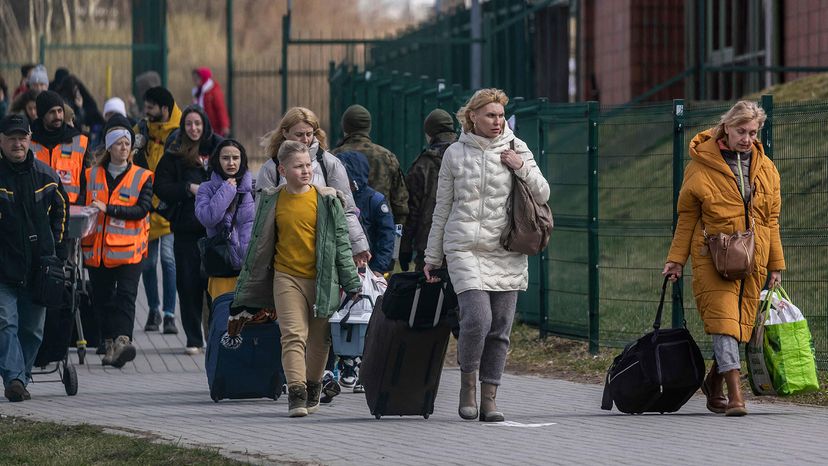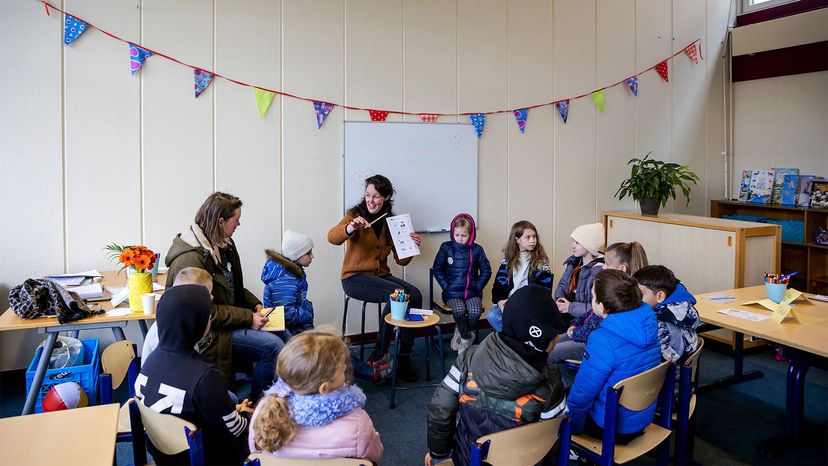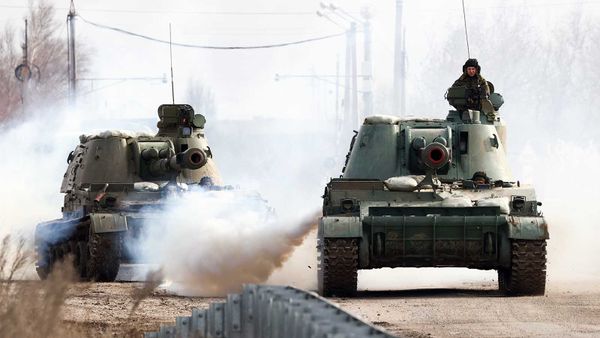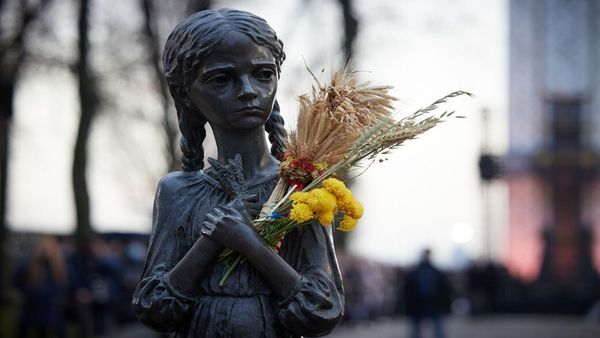
Russia's invasion of Ukraine has caused more than 4.2 million people to flee to the neighboring countries of Poland, Romania, Moldova and elsewhere.
Russia's violence against civilians and attacks on cities caused an additional 6.5 million or more people to become internally displaced. They left their homes but moved within Ukraine to other areas where they hope to be safer.
Advertisement
Russia and Ukraine have been holding sporadic peace talks. Ukrainian President Volodymyr Zelenskyy said April 4, 2022, that talks will continue despite Russian soldiers' committing mass murders of civilians in Bucha, Ukraine.
But there is no guarantee that the millions of displaced Ukrainians will want to go back to their homes even once the war eventually ends.
Lessons learned from the experiences of people displaced in other conflicts, like Bosnia and Afghanistan, provide insight into what might happen with Ukrainians at the end of the fighting. A wave of new social science research, including my own as a political scientist studying post-conflict settings, shows that once violence ends, people do not always choose to return home.
Advertisement




